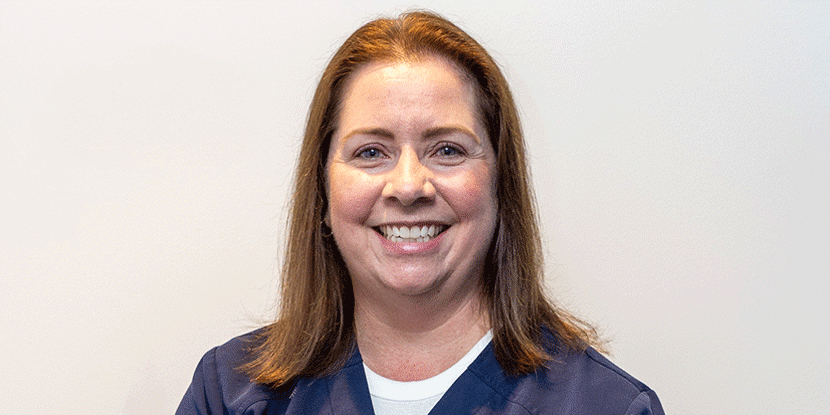What Causes Neck Pain and Stiffness
- Category: Spine
- Posted On:
- Written By: Michael Gordon, M.D.

Neck pain and stiffness are some of the most common conditions a spine surgeon sees, and surgery is typically not required. We spoke to Hoag Orthopedic Institute spine surgeon, Michael Gordon, MD, to discuss what causes neck pain, non-surgical treatment options and when to see a doctor.
Q: What causes neck pain and stiffness?
A: Stiffness, as in loss of range of motion, is usually accompanied by local pain in the neck that might radiate to the shoulders or back of the head. This is very common and most of the time is muscular in nature. We call it “cervicogenic myofascial pain,” which really means muscular pains and spasms.
The muscles of your neck support your 15-to-20-pound head throughout the day and night. They are susceptible to strain and sprain, particularly if they are subjected to unusual mechanical stresses, meaning activities you and your body are not used to. The most common complaint is pain after a heavy workout or athletic activity, unusual bending/stooping lifting tasks, and carrying unusually heavy weights. The list of activities is endless.
Stress is another common source of pain. Keeping one’s head and neck in a constant position for many hours a day is the most common culprit. To counteract this, stop holding your phone by your belly button and look up from time to time.
Q: What are some non-surgical treatment options for neck pain? Are there any at-home exercises or stretches that can help?
A: Most neck stiffness resolves by itself. Simple remedies such as a hot shower, gentle range of motion exercises, ice packs and stretching will help. Anti-inflammatory medication such as Advil (400-800 mg three times daily), Aleve (375 mg twice daily) or Tylenol (325g mg 4 times daily) are common, safe solutions. We doctors recommend taking these medicines for 2-3 weeks at a time and then discontinuing.
Simple neck stretches should be performed daily for about 30 minutes, preferably twice a day. These involve range of motion and stretching. An example is touching your chin to your chest or looking up at the ceiling touching your chin to either your right or left shoulder. Touching an ear to the left and right shoulder if possible is also another good stretch.
Placing the hands at eye level and then pulling them behind one’s head while looking up at the ceiling is another good stretch. Holding the elbows behind the back and trying to press them together helps too. All of these can be done for a slow 10-count and repeated ten times.
Heat relaxes muscles and ice decreases inflammation. These can be used interchangeably depending on an individual’s response. Icy hot and other topicals are merely aspirin-like compounds that cause a little irritation in the skin with a perception of heat, and there is some local absorption of the salicylic acid which helps.
Q: When should a patient see a doctor to treat neck pain?
A: Most neck stiffness resolves by itself, but if it persists for more than two weeks, a consultation with your doctor is a good idea. Schedule an appointment with a spine doctor the pain is severe, radiates the upper extremities, or is associated with numbness or tingling in the hands. Danger signs are stiffness after fever, sore throats, severe headaches. Severe loss of range of motion with the neck fixed in position warrants immediate attention.
If pain and stiffness linger, do not ignore it and see a doctor, physical therapist or chiropractor if you are not getting better soon. Surgery is typically not recommended immediately.
Simple solutions such as getting enough sleep, de-stressing, exercising, and stretching are all helpful. Having a good sleep and ergonomic work environment is essential. Your daily habits and activities add up, so pay attention to your posture, repetitive activities, and excessive work or stress. Put down your phone!

